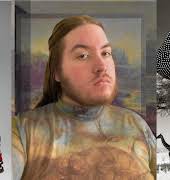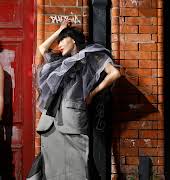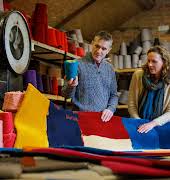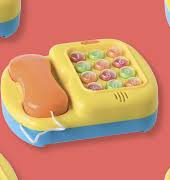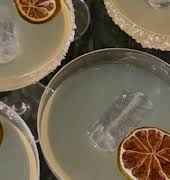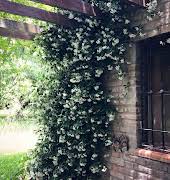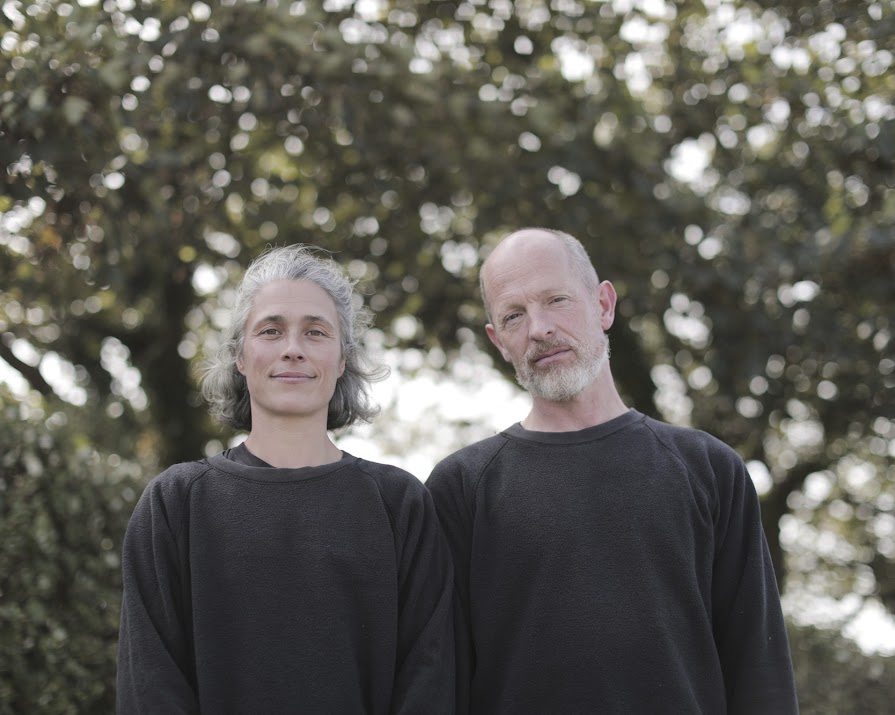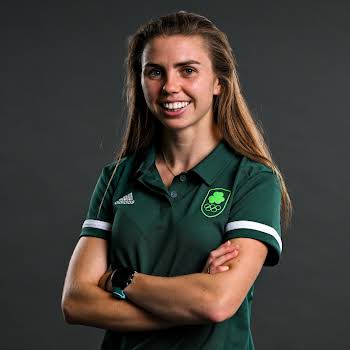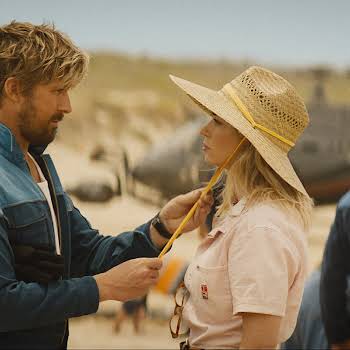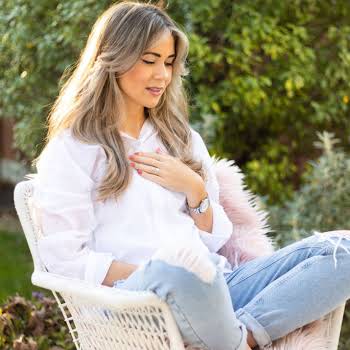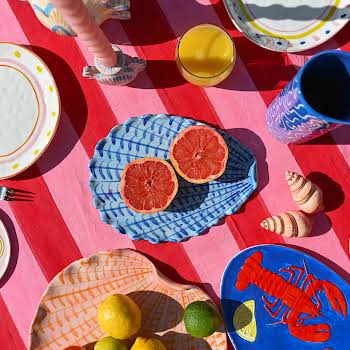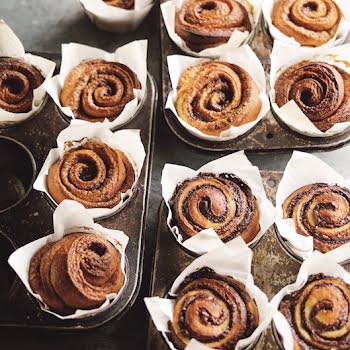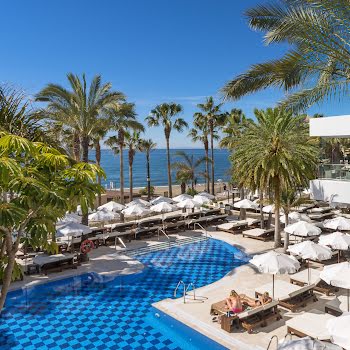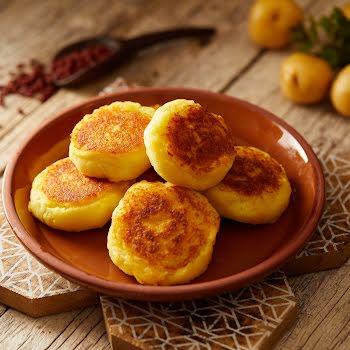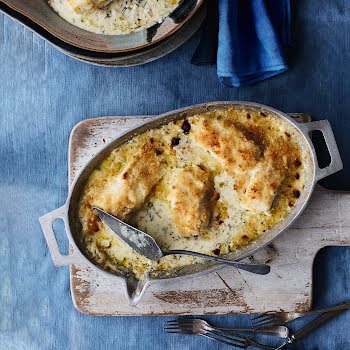Olivier award nominee Michael Keegan-Dolan on his new show and why you ‘can’t fool’ an Irish audience
By Sarah Finnan
15th Jun 2023
15th Jun 2023
Choreographer Michael Keegan-Dolan sits down with Sarah Finnan to talk about his new show, Mám, the importance of speaking our native language and why performing in front of an Irish audience is always a special occasion.
When I chat to Michael Keegan-Dolan over Zoom, he’s boisterous and exuberant and full of life… the complete antithesis to me, couch-ridden with a cold and feeling very sorry for myself.
Originally from Dublin, Michael tells everyone he’s from Longford, where his father was from. “My father’s from Longford. Don’t tell anyone but I was actually born in Dublin and I grew up in Dublin, but quite early on in my life, I decided I was from Longford. Around the age of six,” he laughs. It’s always nice to meet a fellow countryman, I tell him in response.

About to embark on a world tour with his latest production Mám, the choreographer is excited for what’s to come. A meeting place between soloist and ensemble, classical and traditional, local and universal, the show brings together the Irish traditional concertina player Cormac Begley, the European music collective, s t a r g a z e and 12 international dancers from Tea? Da?sa.
Already nominated for multiple awards (including an Olivier Award and two UK Critics’ Circle National Dance Awards), the show has been all over since its premiere at the Dublin Theatre Festival in 2019, and has played everywhere from Australia to the UK, New Zealand, Germany and Spain. to Perth
The creative process behind the concept – explored in Irish filmmaker Pat Collins’s feature-length documentary called The Dance – was “profoundly collaborative”. “But at the same time, it was really structured and there was huge preparation put in before we got into the room together.” According to Michael, though it may seem somewhat contradictory, the more prepared, disciplined and rigorous you are, ultimately the more freedom you have.
“I didn’t rigidly stick to the plan,” he recalls, remembering how the whole thing came about. “There was a plan in case nothing happened in the room, but once I got in the room, I ditched the plan for a long time. It all kind of came together in the end.” It may look seamless but it took a lot to get it there, he agrees.

“The funny thing is, some people were kind of educated to believe that art needs to be hard, or, somehow if it’s not slightly inaccessible, or really complicated, then it’s not particularly, ‘good’. But part of the art is the art that conceals the art, you know. People often say to me in the foyer after Mám, ‘Are they just making that up as they go along?’ Which for me, is a great compliment, but for sure they’re not. Everything is worked out very, very well in advance. It’s very well structured.”
Collaborating with a team of highly-skilled professionals, from musicians to dancers to lighting specialists and costume directors, Keegan-Dolan said the ensemble came together “very organically”. There’s no point working with a genius who you don’t get on with because that will “wear thin pretty quickly”, as he puts it. Thankfully, everyone got on swimmingly which is undoubtedly why the production works so well.

Traditional concertina player Cormac Begley was fundamental, as was Michael’s wife Rachel, who he’s worked closely with for 18 years – ever since seeing her in a show in London and falling in love with her dancing. The rest came slowly after, over the course of about a year.
The name itself, Mám, is an Irish word meaning handful, yoke or mountain pass… lending itself nicely to the performance which can be interpreted in myriad different ways. “It’s a great word,” Michael smiles, explaining the etymology. “The way it’s written, it actually captures the structure. There are a lot of them in West Kerry and they’re interesting places because people and animals have gone that way for thousands and thousands of years. They become kind of charged… they’re funnels or conduits; points of connection. It’s a really f*cking cool word!” I’d have to agree and having said the word aloud for the past five minutes, it only becomes cooler still.
Uprooting from the midlands to the West Kerry Gaeltacht, Michael has immersed himself in Irish culture, and has a greater appreciation for our native language as a result. “Irish has that beautiful, inherent quality of the multifarious meanings of one singular word. And it’s so nuanced, you know? I love that. That’s how life is, it’s nuanced. It’s never black and white, it’s usually some shade in between.”
Interested in pursuing dance from when he was in secondary school, Michael has spent years honing his craft but dancing has always been intrinsically part of our heritage; it’s sewn into our DNA, interlaced with our customs and how we express human emotion. “Dancing is such a natural thing. What I love about Irish the language is that it’s so connected to the natural state of affairs, the natural rhythms, the landscape. When we stopped speaking it because we were colonised, we lost a direct line to that.”
All of that is changing now though, we’re living through a renaissance, he tells me. “There are tonnes of people speaking Irish. There are tonnes of people speaking about why it’s meaningful and I think we’ve gotten past the angry Gaeilgeoir shouting at the child to read the tuiseal ginideach. My generation, a lot of them gave up on Irish, I think because of the trauma that they encountered in school, but the people following on, the younger ones have less of that.
“It’s so ok to make mistakes. There’s a shame thing, no one likes to sound stupid but you kind of learn humility because you sound like you’re six… and there’s nothing wrong with sounding like you’re six – I know loads of six-year-olds who are much smarter than 56-year-olds!”
Once described as “an unmissable exorcism”, it’s an assessment Michael himself very much agrees with, saying that dancing makes you feel differently. “Dancing was, to use Cromwellian language, for ‘mad people’, for ‘fools’. But it’s not. And I think the reason why those people go after dancing is because it’s so important, because it has the power to unite huge groups of people. It has the power to incite huge groups of people. It has the power to be like an exorcism. But somehow in our heads, we still associate it with entertainment; with being silly, with being fun. It can be all of those things too – and they’re great things, I’m not saying they’re not – but dancing can be so, so much more. It can be so many things. It can be almost spiritual or religious.
“The problem with these words now is they’ve been used and abused mostly to sell stuff. When you use them you feel slightly embarrassed. But spirit, not of matter, not of material… it’s about something intangible. Whatever you’re feeling or thinking affects the way you dance. It becomes manifest. So yeah, I guess there is a spiritual element to the work that I’m interested in for sure.”

To the untrained eye, the performance may seem very abstract but there is a story there – or rather a situation. There’s no talking or reliance on words, but suddenly things start to happen and for an hour and 24 minutes, people dance to music that has a very sophisticated musical structure. There isn’t a linear narrative, as in traditional stories, but it isn’t abstract either, Michael explains.
Due to bring his production to the Bord Gáis next month, Michael says it’s always interesting to play in front of a home crowd. “When an Irish audience is with you, they’re really with you. But you can’t fool them easily either,” he laughs. “They say that Irish audiences all stand at the end now and you hear people giving out about it sometimes, that it’s not real. They might stand at the end but when they go to the pub or they go home afterwards to have a chat, the truth will be spoken and will eventually get back to you. You know, that fella might have stood up, but he actually hated it and hating something is a very powerful energy, as well, so I’m not so worried about that happening either. If you bore someone to death, that’s probably not a great thing.”
Mám will play in the Bord Gáis for two dates this July (July 13-14), the sole opportunity to see it in Ireland before it travels to the Venice Biennale Danza 2023. You can find out more information and get your tickets here.

